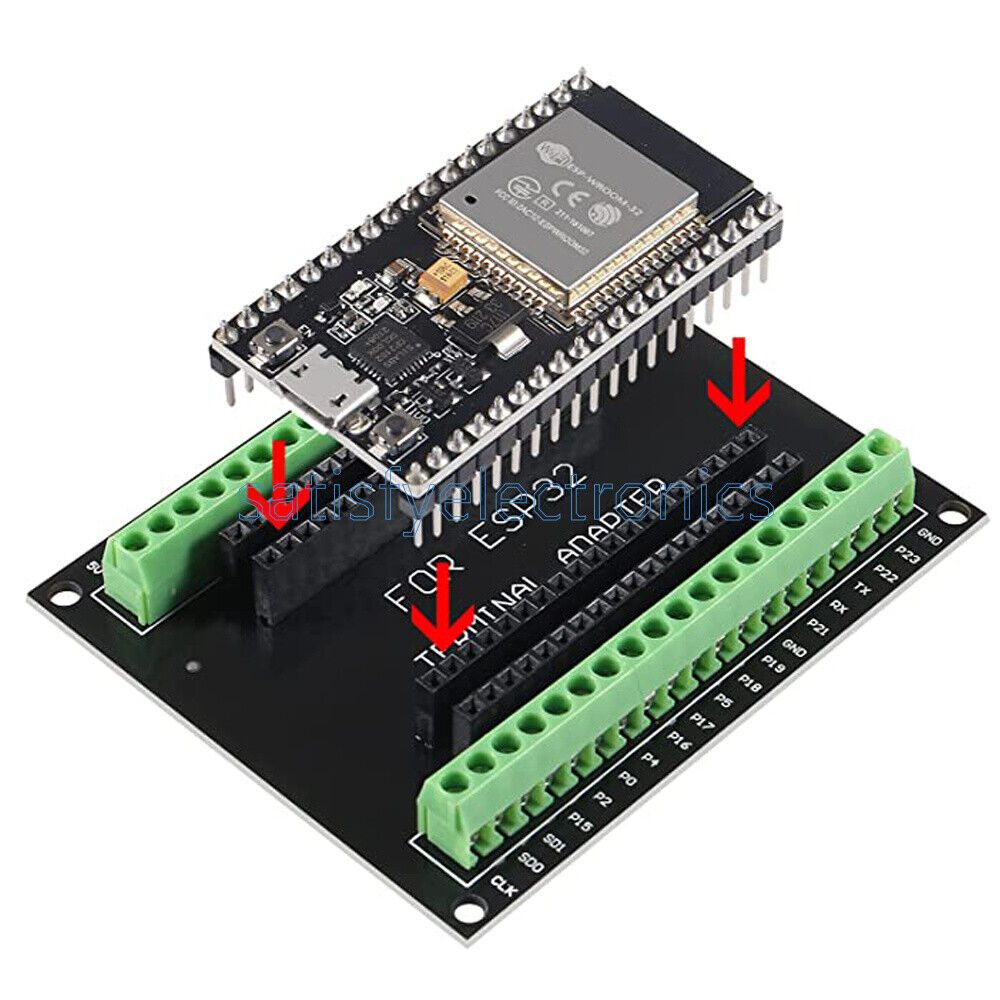
Comparing the ESP32 and Arduino Uno
The ESP32 and Arduino Uno are both microcontrollers that can be used to build a variety of electronic devices. However, there are some significant differences between the two that make the ESP32 a better choice in some cases.
One of the main differences between the ESP32 and Arduino Uno is the processor. The ESP32 uses a dual-core processor with two processor cores that can run at a clock speed of up to 240 MHz, while the Arduino Uno uses a single-core processor with a clock speed of up to 16 MHz. This means that the ESP32 is significantly faster and more powerful than the Arduino Uno.
ESP32 Development Options

Another difference is the amount of memory available. The ESP32 has 520 KB of SRAM (static random access memory) and up to 4 MB of flash memory, while the Arduino Uno has only 2 KB of SRAM and 32 KB of flash memory. This means that the ESP32 can store more data and run more complex programs.
The ESP32 also has a number of built-in features that make it more versatile than the Arduino Uno. For example, it has built-in WiFi and Bluetooth, which allows it to connect to the internet and other devices wirelessly. It also has a number of digital and analog input/output pins, as well as a number of built-in sensors, such as a gyroscope, accelerometer, and temperature sensor.
Arduino Development Options

In terms of power consumption, the ESP32 is also more efficient than the Arduino Uno. It has a deep sleep mode that allows it to consume very little power, making it ideal for use in battery-powered devices.
Overall, the ESP32 is a more powerful and versatile microcontroller than the Arduino Uno. It is faster, has more memory, and has a number of built-in features that make it suitable for a wider range of applications. However, it is also more expensive than the Arduino Uno, so it may not be the best choice for every project.



